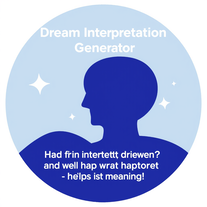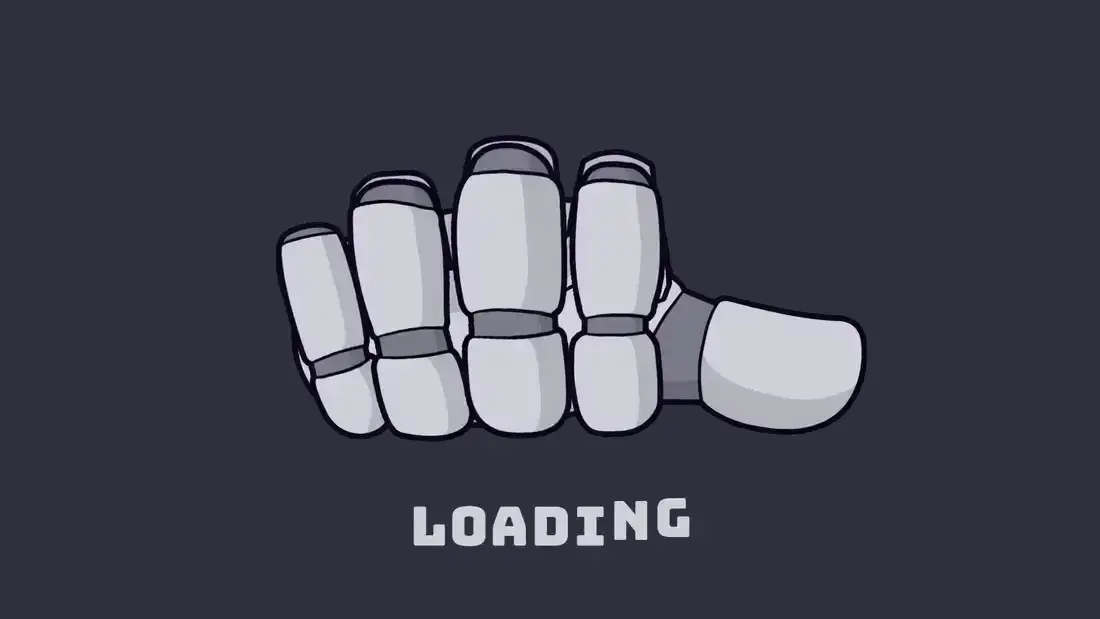▼ Most saved
Lucid dreaming training
Free mode
100% free
Freemium
Free Trial
Other tools
-
 Transform dreams into photo-realistic comic strips.Open4468590Released 11mo ago100% Free
Transform dreams into photo-realistic comic strips.Open4468590Released 11mo ago100% Free -
64380116Released 1y ago100% Free
-
4644080Released 1y ago100% Free
-
1053223Released 4mo ago100% Free
- Spotlight: Guideless (Guides)
-
853127Released 6mo ago100% Free
-
1093020Released 6mo ago100% Free
-
 Open982716Released 9mo ago100% Free
Open982716Released 9mo ago100% Free -
642416Released 6mo ago100% Free
-
922419Released 1y ago100% Free
-
1691928Released 1y ago100% Free
-
1251524Released 1y ago100% Free
-
1011417Released 1y ago100% Free
- Didn't find the AI you were looking for?
-
941122Released 1y ago100% Free
-
144118Released 6mo ago100% FreeCreative Hubs🛠️ 23 tools 🙏 299 karmaApr 23, 2025Artist Tips for Better Results with Somnira Canvas: To help Somnira Canvas render the most compelling and emotionally resonant figures—whether human or animal—users are encouraged to guide the tool with poetic, suggestive phrasing rather than highly technical descriptions. This helps maintain harmony with the platform’s expressive strengths. For human figures, try emotion-based posture phrases like “curled in sorrow,” “reaching toward a fading light,” or “kneeling in wind.” Favor mood-based modifiers over anatomical specifics, such as “a silhouette bathed in dusk” or “a quiet figure in motion blur.” For animals, use mythic or metaphorical phrasing like “a fox made of stars,” “a deer outlined in frost,” or “a lion woven from dusk and gold.” Avoid strict biological realism unless intentionally stylized (e.g., “cubist owl,” “ink-drawn heron”). Best practices include specifying camera perspective or body angle with terms like “3/4 view,” “top-down shot,” or “over-the-shoulder,” and adding atmospheric cues such as “drifting in chalk mist,” “outlined by candlelight,” or “carved in shadow.” You can also add emotion-based tags directly into the prompt—words like “longing,” “grief,” “stillness,” or “wonder” will guide the aesthetic and expressive qualities of the final artwork.
-
1353Released 4mo ago100% Free
Post



